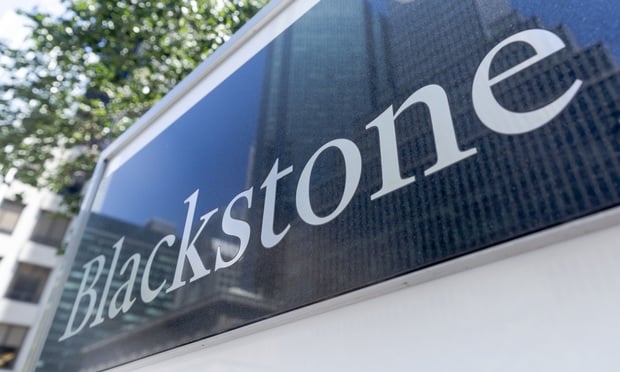Manhattan's office sector is starting to see more demand and continues to recover from the pandemic lows.
The average visitation in June climbed to 77 percent of the 2019 levels, according to data from REBNY Research, which observed 350 buildings in the city. In the previous month, the figure was three percent lower. That 77 percent rate was also the highest on REBNY's record since first posting Placer.ai data in February of last year.
"They have a combined square footage of 225 MSF, representing nearly 50% of Manhattan's office stock," the real state firm said in its report of the buildings.
Recommended For You
Want to continue reading?
Become a Free ALM Digital Reader.
Once you are an ALM Digital Member, you’ll receive:
- Breaking commercial real estate news and analysis, on-site and via our newsletters and custom alerts
- Educational webcasts, white papers, and ebooks from industry thought leaders
- Critical coverage of the property casualty insurance and financial advisory markets on our other ALM sites, PropertyCasualty360 and ThinkAdvisor
Already have an account? Sign In Now
*May exclude premium content© 2025 ALM Global, LLC, All Rights Reserved. Request academic re-use from www.copyright.com. All other uses, submit a request to [email protected]. For more information visit Asset & Logo Licensing.








